Those carefully chosen furnishings, paint colors, and fixtures that you worked so hard to get right? All those choices go right out the window if you install the wrong light bulb.
Don’t ruin your decor! Get the lighting just right to ensure that every detail shines.
Buying new bulbs can be a dizzying experience. We’re here to help – read on to learn the lingo so that you make the right choice when faced with the light bulb aisle.
Every light bulb is labeled with lighting facts, which look remarkably like nutrition facts, to assist you in choosing the right one(s). This label provides all of the necessary information about the bulb in the package. The average lighting facts label looks like this:

When choosing a bulb, you need to consider several factors:
Bulb type
The used-to-be-standard incandescent bulb has been systematically phased out and replaced with more energy-efficient alternatives:
- CFL (Compact Fluorescent) bulbs are energy-efficient, providing the same light output as incandescent bulbs at lower wattage. CFL bulbs may be affected by power surges but are a more economical option than LED bulbs. They generally take time to brighten fully, and most are not dimmable.
- LED (Light-Emitting Diode) bulbs are comprised of tiny light sources. These bulbs are cool to the touch, and long-lasting. They’re the most energy-efficient option, but also the costliest – though they last longer than other bulbs and reduce electric bills. LEDs may cast an overly focused or spotty glow.

- Fluorescent bulbs are tubes with ballasts on each end, typically long and straight but available in U-shaped and circular configurations. These bulbs are generally used in utility areas.
- Halogen bulbs are similar to incandescent bulbs in that they emit heat and do not last as long as CFLs or LEDs, but are more energy-efficient than incandescents. They produce light instantly and provide a less focused, more natural light than most LEDs.
- Xenon bulbs, like halogen bulbs, use a heated filament inside the glass bulb to produce light, but are filled with a different gas (xenon, not halogen). Xenon bulbs are approximately 5 times more energy-efficient than halogens, have a longer lifespan, generate less heat and UV rays, and produce a slightly warmer light than halogen.
Color
The color of the bulb is very important in the ultimate appearance of the room that it’s lighting. While some specialty bulbs are available in different colors like red, green, or purple, most standard bulbs range from warm white or soft yellow to cool bluish white. Color temperature is measured in Kelvin and listed, along with appearance from a warm to cool scale, on the lighting facts.
- To warm up a room’s color, use a bulb on the lower end of the scale with a temperature close to 2,700 Kelvin, a warm white. Halogens are often warmest but all types of bulbs are available in warmer ratings.
- To cool down a room’s color, use bulbs with a temperature closer to 4,000 Kelvin, a bright white. Standard fluorescent bulbs will generally cool down a room.
- To most accurately replicate natural daylight, you may naturally assume that warmer light is best. However, midday sunlight is around 5,000 to 6,000 Kelvin, which is actually very cool, bluish light.
Some packages include a CRI (Color Rendering Index) rating, which describes the accuracy of colors under the bulb’s light. The index runs from 0 to 100, with 100 being the light shed by incandescent bulbs. Use the CRI to compare bulbs with the same Kelvin temperature; 80 or above is recommended. Halogen and xenon bulbs score 100 on the CRI.
Terminology
Aside for Kelvin, familiarize yourself with other relevant lingo. Lumens measure the brightness of the bulbs (from the same root as “luminous”). The more lumens, the brighter the bulb. For reference, the equivalent of a standard 60-watt incandescent is about 800 lumens.
Lighting facts also include watts, which measure the amount of energy the bulb uses. LEDs use less energy than CFLs; a 60-watt incandescent is equivalent to a 15-watt CFL or a 12-watt LED. (Most packages will include an incandescent equivalent to help you choose the right bulb for existing fixtures and incandescent replacement.) Always check the maximum wattage of your fixture before buying new bulbs to avoid fire and malfunction.

Base
While most bulbs feature a standard screw base, there are many different base types, including candelabra and mogul. Be sure to purchase the right base so that the bulb fits properly into the fixture! (Bring your bulb with you to the store in case you’re not sure what kind it is.)

Shape
Light bulbs are available in many shapes and sizes, even LED strips for use in interesting places. Take your bulb (or even your fixture) along to the store to choose the right shape; use this chart to identify the necessary shape and/or size:

Features
Some bulbs are equipped with special features. Before buying a bulb with these features, make sure that they’re compatible with your fixture and wiring; a dimmable bulb is useless without a dimmer switch!
Check these out:
- Dimmable; if you have dimmers, the bulb must be dimmable. Most LEDs are dimmable, but not many CFLs.
- Outdoor bulbs; many bulbs work outdoors but are not water-resistant. If you plan on using a bulb outside, make sure that it is either outdoor-compatible or will be fully protected from rain and snow.
- Installing a bulb in a fully enclosed fixture may result in heat buildup and shorten the life of the bulb; check that your new bulb is compatible with any fully enclosed fixture for optimal performance.
- Motion sensitive; if your fixture turns on and off automatically (for energy conservation or security purposes) when the motion sensor is triggered, you’ll need a compatible bulb.
- Photocell bulbs and fixtures conserve energy by turning off in the daylight and back on in the dark.
- Energy Star certification means that your bulb meets strict energy efficiency guidelines set by the US Environmental Protection Agency, reducing utility bills and protecting the environment.
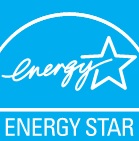
Special bulbs
If the standard bulb just doesn’t cut it for you, try a more unique model.
- Black light bulbs
- Yellow “bug lights”
- Grow lamps for plant growth
- Heat lamps
- Edison bulbs (AKA filament bulbs); these bulbs contain a visible filament (or coil) and may have a special finish on the glass (crackle, “vintage” colors)

- Smart bulbs; everything’s getting smarter these days. Why shouldn’t your light bulbs get in on the action? Smart bulbs can be customized and even controlled by your smartphone. To name a few:
- The Phillips Hue LED bulb system allows users to change the color and brightness or set a color scheme from their smartphones
- LIFX bulbs are WiFi-enabled and compatible with standard screw fixtures; their colors, timing, and brightness are customizable and controlled via app.
- The Lumen Smart Bulb is a more affordable option for technologically-controlled lighting. It operates over Bluetooth, syncs with music, and offers preset and customizable lighting modes.

LIFX smart bulb
Whether you’re searching for a smart bulb or a regular dumb one, we hope that our guide has helped you make the right decision!

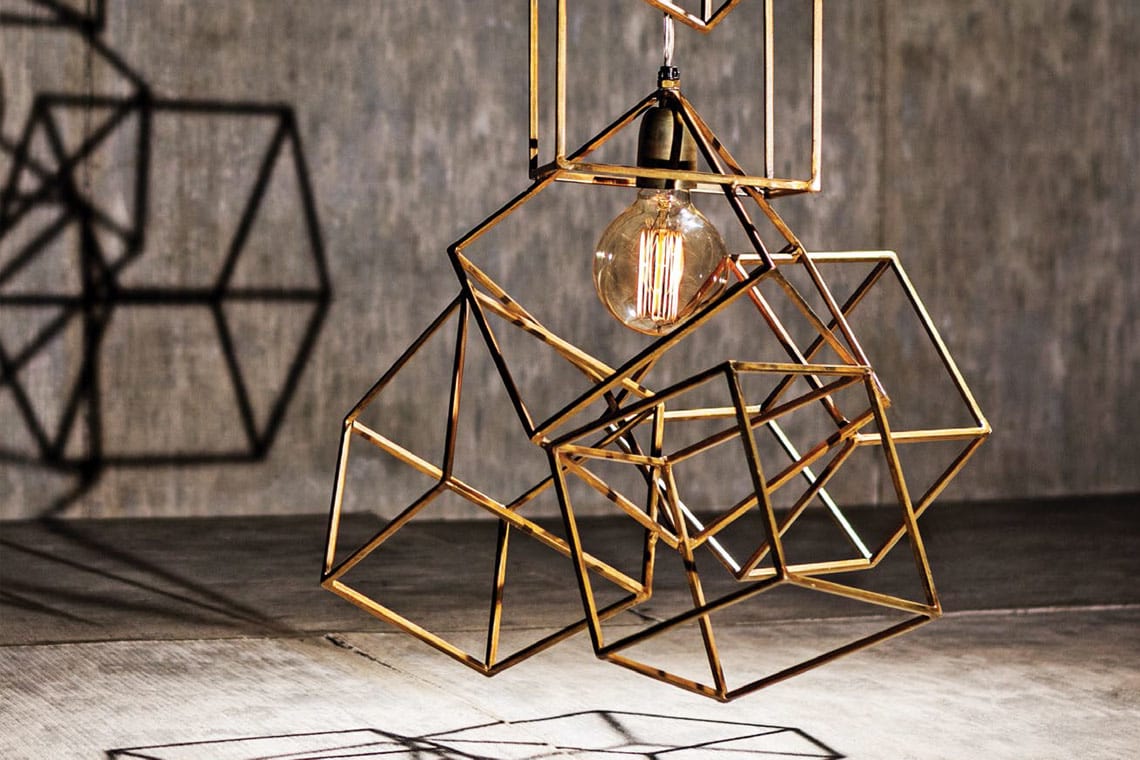

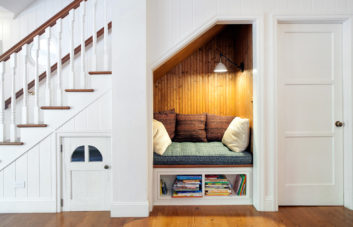
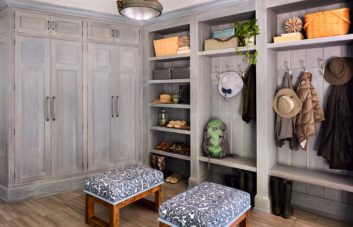
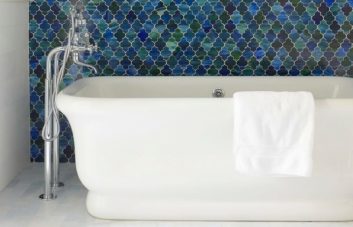
A bulb with too high a wattage can produce excess heat that can create a fire hazard or damage the fixture.